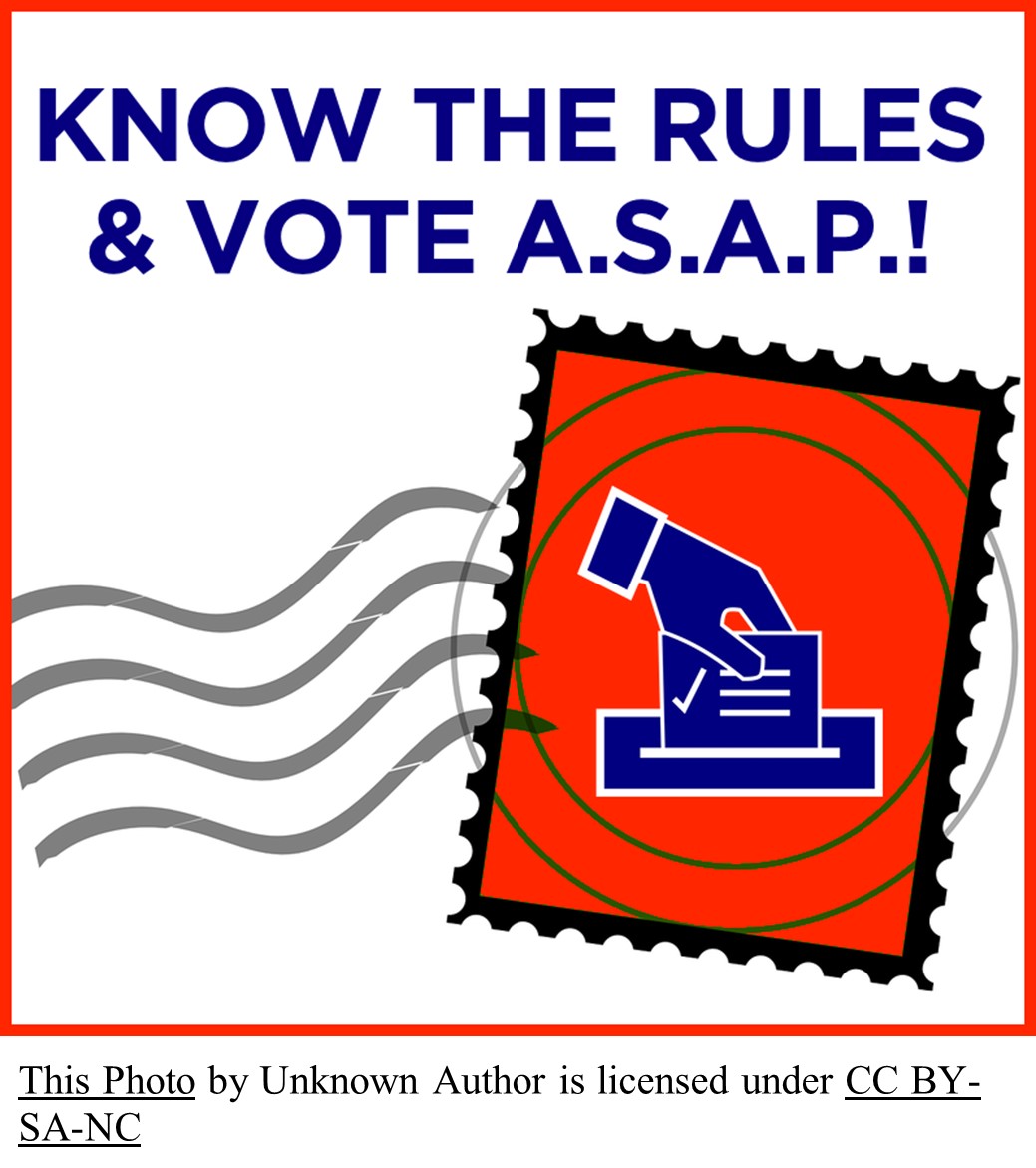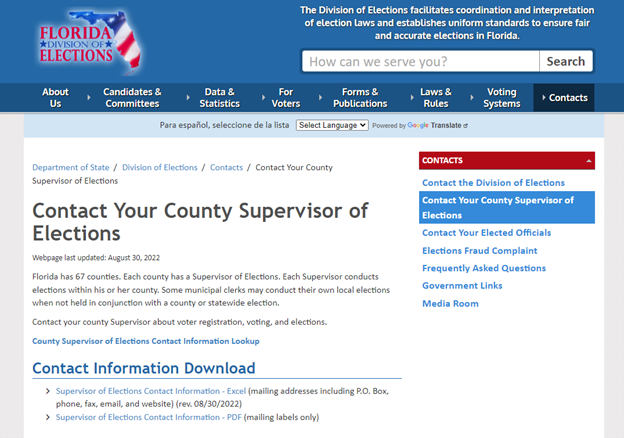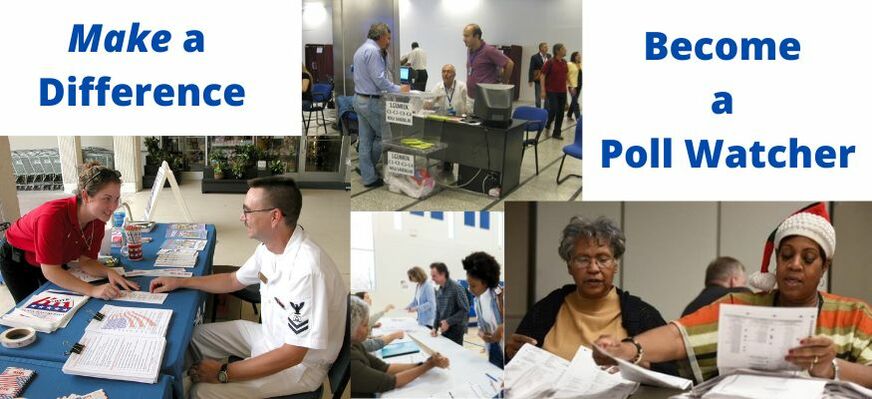In the previous part 1 blog you learned what a Poll Worker is, their responsibilities, and how to apply to become one in your district (this example is Florida Lake County). Poll Workers such as Clerk, Assistant Clerk, Inspector, Technician, and Poll Deputy are sometimes paid positions.
In this part 2 we will discuss Poll Watcher responsibilities and how to apply to become one.
Traditionally Poll Watchers can also be called poll observers, challengers, or checkers. Each state has different prescribed rules for watchers to follow.
These different rules can be related to the number of watchers allowed per precinct for each candidate on the ballot, and how many watchers can stand or sit next to the table with the election officials.  Some rules require watchers to stand a certain distance away from the check in and check out stations.
Some rules require watchers to stand a certain distance away from the check in and check out stations.
The important point is that all states and precincts permit poll watchers. Your rights as a poll watcher and what you can and cannot do are determined and regulated by each state.
You should be able to obtain a copy of rules through your state election commission. Typically required is a completed appointment certificate or authorization form signed by a candidate, the state chair of a party, or the representative of a group seeking the passage/defeat of ballot measures.
Watchers need to be registered voters. They are permitted to watch set-up procedures, the voting process, and after the polls close to observe the counting of the ballots. The easiest way to become a poll watcher is to volunteer and become certified through the headquarters in your state for the candidate or party of your choice.
 Use this link to identify candidates running for office in Florida and filter by group (federal, state, local) or by office, name, and county. For detailed rules about Poll Watching, find your counties' Election Supervisor here. For example, see Sumter County Election Supervisor Bill Keen or some Election Supervisors, like Wendy Startory of Palm Beach County in Florida, show detailed guidelines.
Use this link to identify candidates running for office in Florida and filter by group (federal, state, local) or by office, name, and county. For detailed rules about Poll Watching, find your counties' Election Supervisor here. For example, see Sumter County Election Supervisor Bill Keen or some Election Supervisors, like Wendy Startory of Palm Beach County in Florida, show detailed guidelines.
Generally, the things to watch for include, but are not limited to:
a. Voters reading their name or address off a piece of paper, which could suggest they are not the person they say they are.
b. Check those who are deceased or have an address known not to exist. (Voter registration research done prior to Election Day.)
c. Assure there's only one person per booth unless a child under 18 is with them.
d. Intoxicated voter being given assistance in the booth.
e. Voting machine not working properly.
f. A voter speaking softly in stating name and address so that others cannot hear and challenge them.
g. A person attempting to vote who cannot prove they are a registered voter.
h. A person attempting to vote who has already voted.
i. Voters attempting to leave the polling station with a ballot.
j. You may be asked to assure election materials are kept outside a certain distance from the entrance.
In the part 3 blog we will review 6 other ways you can help prevent voter fraud without being at the polling station in person. In the meantime learn more about Convention of States and team up with our grassroots army working towards term limits, fiscal retrains, and reduced federal jurisdiction.






